How to get started with wild gardening – landscaping experts share 4 key tips for a naturalistic outdoor space
Take your eco-friendly efforts to the next level with these wild gardening tips
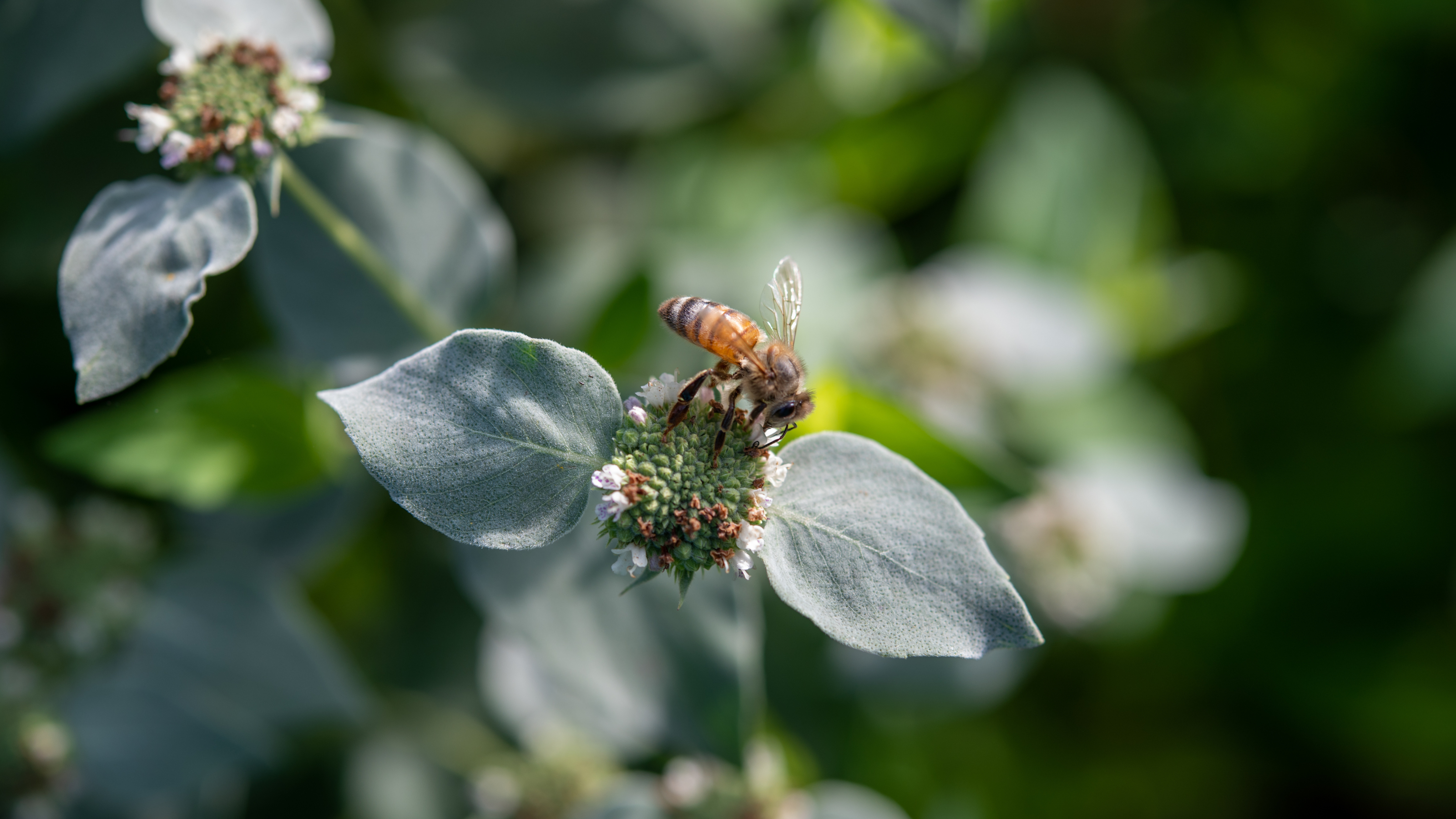

Whether you have a green bone in your body or not, it is easy to understand why wild gardening has its appeal. A chance to daydream, or create naturalistic spaces that pollinators will love. But beyond the more mainstream wildlife gardening ideas, we were curious to find out any lesser-known tips for making your garden ideas even more eco-friendly.
'Wild gardening defies the conventions of the typical formal garden and looks to nature for guiding principles,' is how landscaping expert Will Conway describes rewilding. Will is currently the Farm Director at Wildflower Farms, Auberge Resorts Collection, in the Hudson Valley – a space that underwent it's own rewilding transformation when founders Phillip and Kristin Rapoport became stewards of the land after falling in love with the area.
This process involved planting thousands of native trees and perennial plants. 'The wildflowers on the property are extensive, and include thistle, queen Anne's lace, mountain mint, and asters, as well as echinacea, sunflowers, dahlias and amaranth,' Will says.
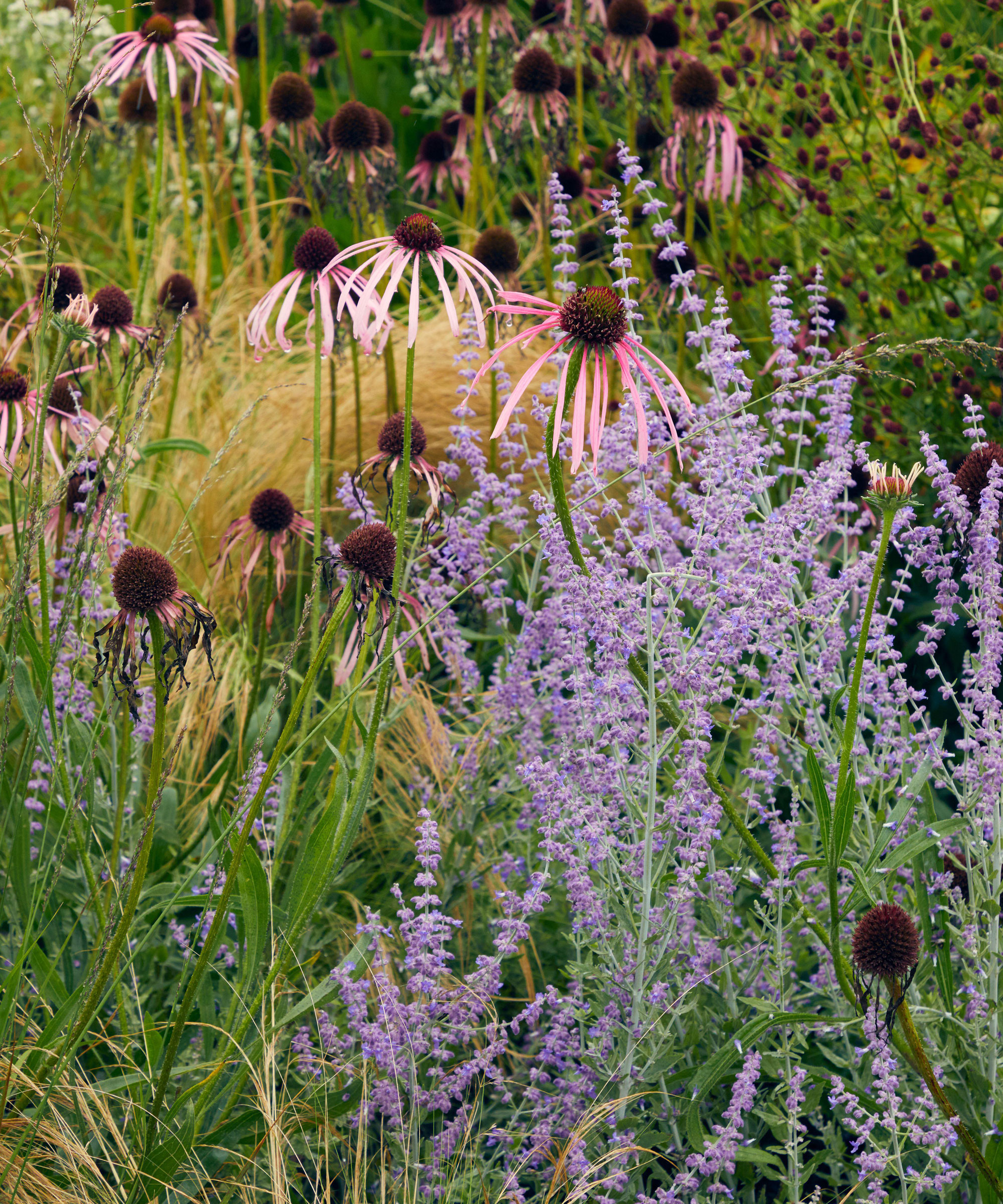
4 top tips to begin wild gardening
Here we spotlight four key tips that you might not have thought about before to help you get started with wild gardening.
1. Understand the growth habits of existing plants
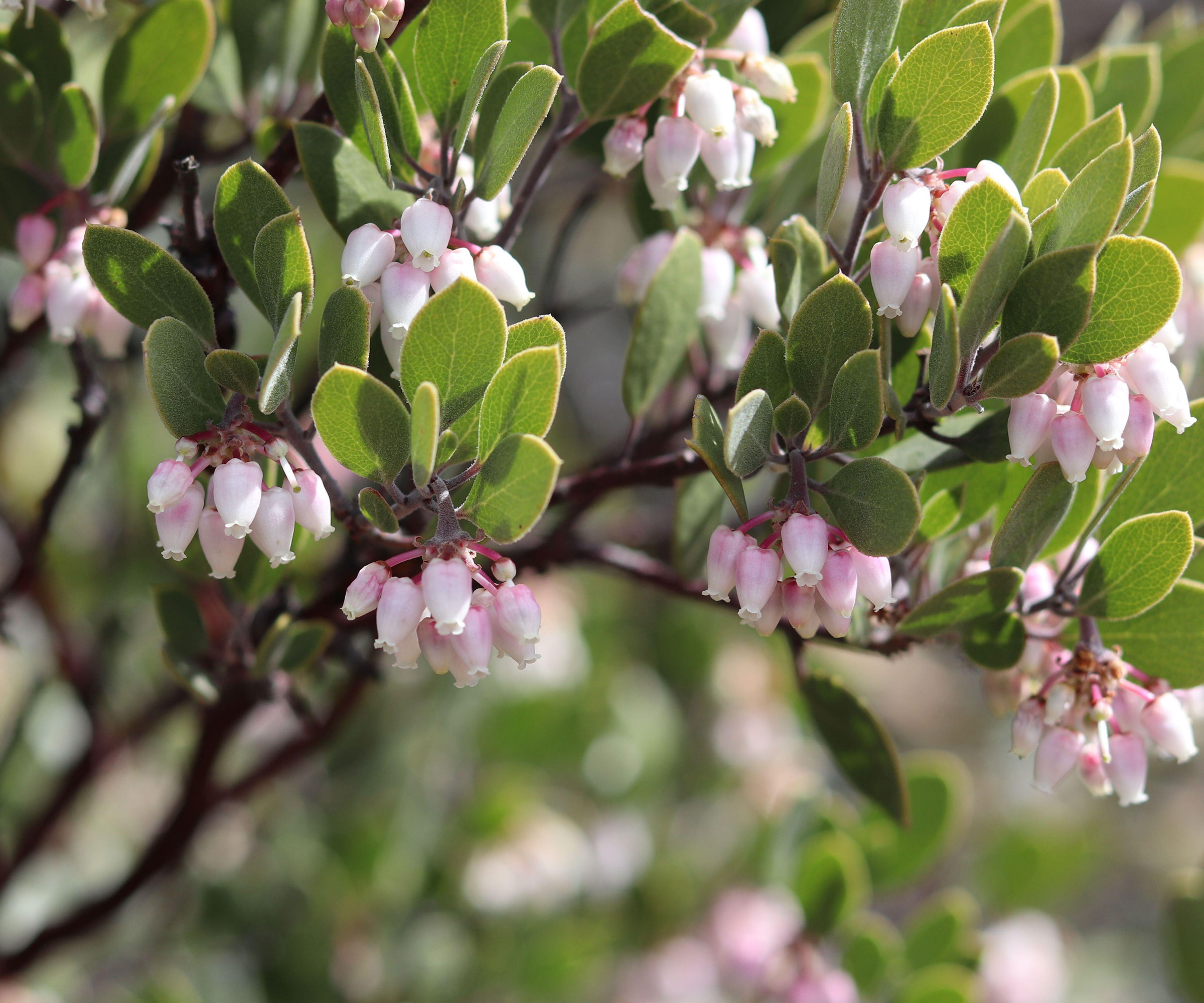
'In nature, multiple species exist harmoniously, taking advantage of each other's growth habits for their own benefit,' explains Will. 'For example, in a forest, each tree relies on its neighbor for protection from the wind. Should a tree fall down in the wind, the decomposing matter from the fallen tree creates the conditions necessary for more trees to fill the gap, adding more wind protection to the whole forest,' he continues.
'Wild gardening takes the same principles of bio-diversification to create a habitat in which different plants are working together to thrive.'
To this end, native planting is highly recommended, especially for a wildlife-friendly garden. It should also be easier to find out key information about native plants growing habits, and what benefits they will bring to the space. Your local extension service or native plant society will have lots of information on plants that are native to your local area and how they work together beneficially.
'Select plants from your local nursery to create a hospitable environment for pollinators,' advises Joe Raboine, hardscaping and outdoor living expert at Belgard. 'These resources are great for identifying native plants that will thrive in your specific region or environment, which in turn puts less strain on the earth.'
As the Farm Director, Will is building a diversified and regenerative agriculture program at Wildflower Farms. Will fell in love with farming over a decade ago while earning a B.S. in Environmental Studies from Skidmore College. Will has worked on farms in the Saratoga Springs, New York region and in Connecticut.

Joe oversees the Belgard Residential Program. Joe strives to promote the idea that outdoor living is not only a good investment for homeowners but can also fundamentally change lives for the better by bringing people together. Joe started his career as a contractor over 25 years ago.
2. Look for opportunities to rewild even if you live in a city
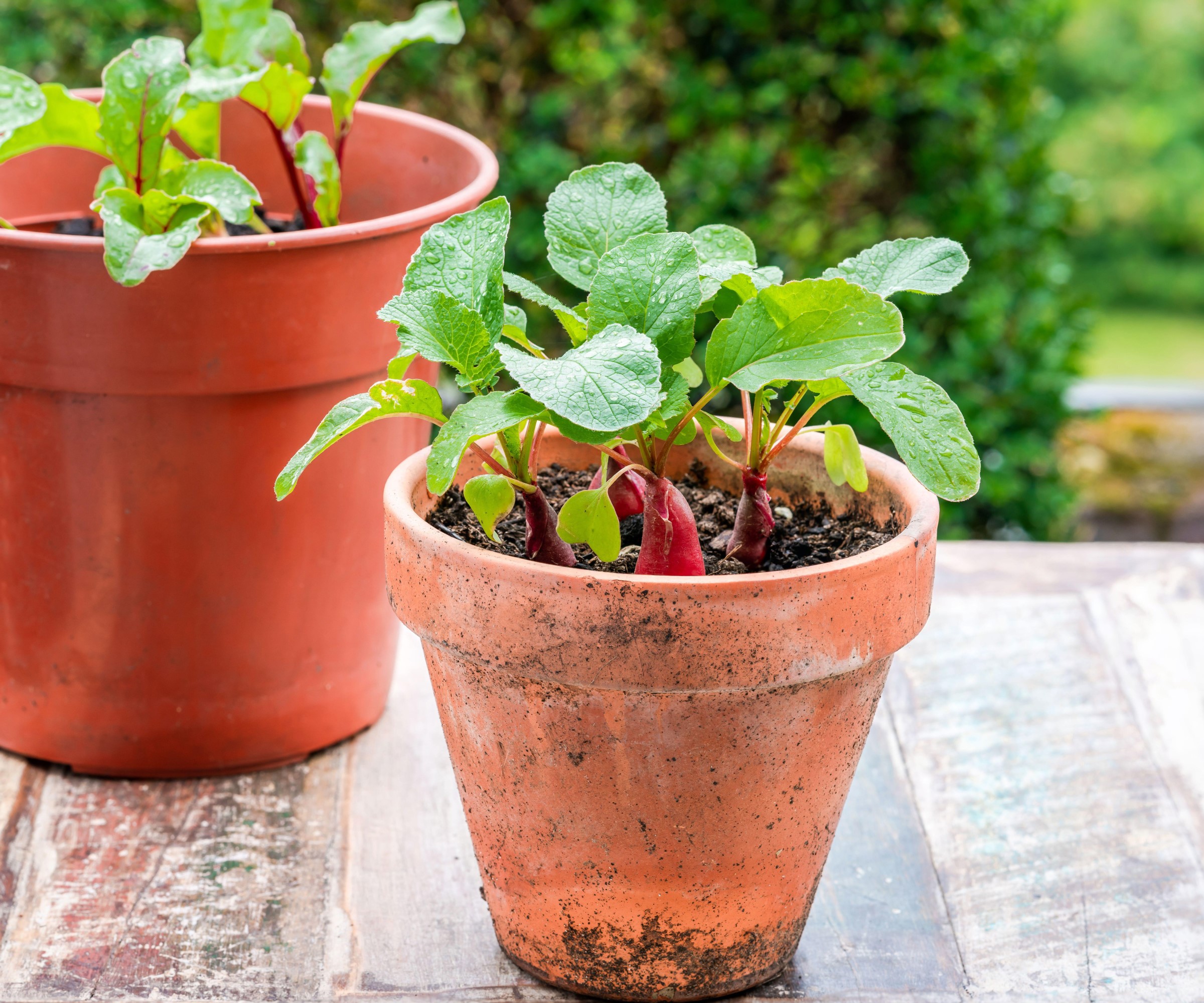
When we think of rewilding, you might not picture the urban balcony garden. But you can overcome these challenges with a little creativity. For those unsure of where to start, Will says the key is to not overthink the process, or how little square footage is available.
'Whatever space you have available to you is a good place to start,' says Will. Window boxes and even small container garden plants should not be overlooked, as they make a prime opportunity to explore rewilding. 'Head down to the local nursery to purchase a diverse selection of vegetable plants and grass seeds.'
Companion planting can be an effective way to rewild in a small space, for instance. 'Think about how the different sizes, shapes, and growing needs of different plants could create beneficial habitat for neighboring plants,' explains Will. 'A tall tomato plant can provide cool shade for cilantro. Radishes can fill in the understory of any garden - not to mention yield a crunchy snack in a short period of time.'
3. Select plants that will add nitrogen to the soil
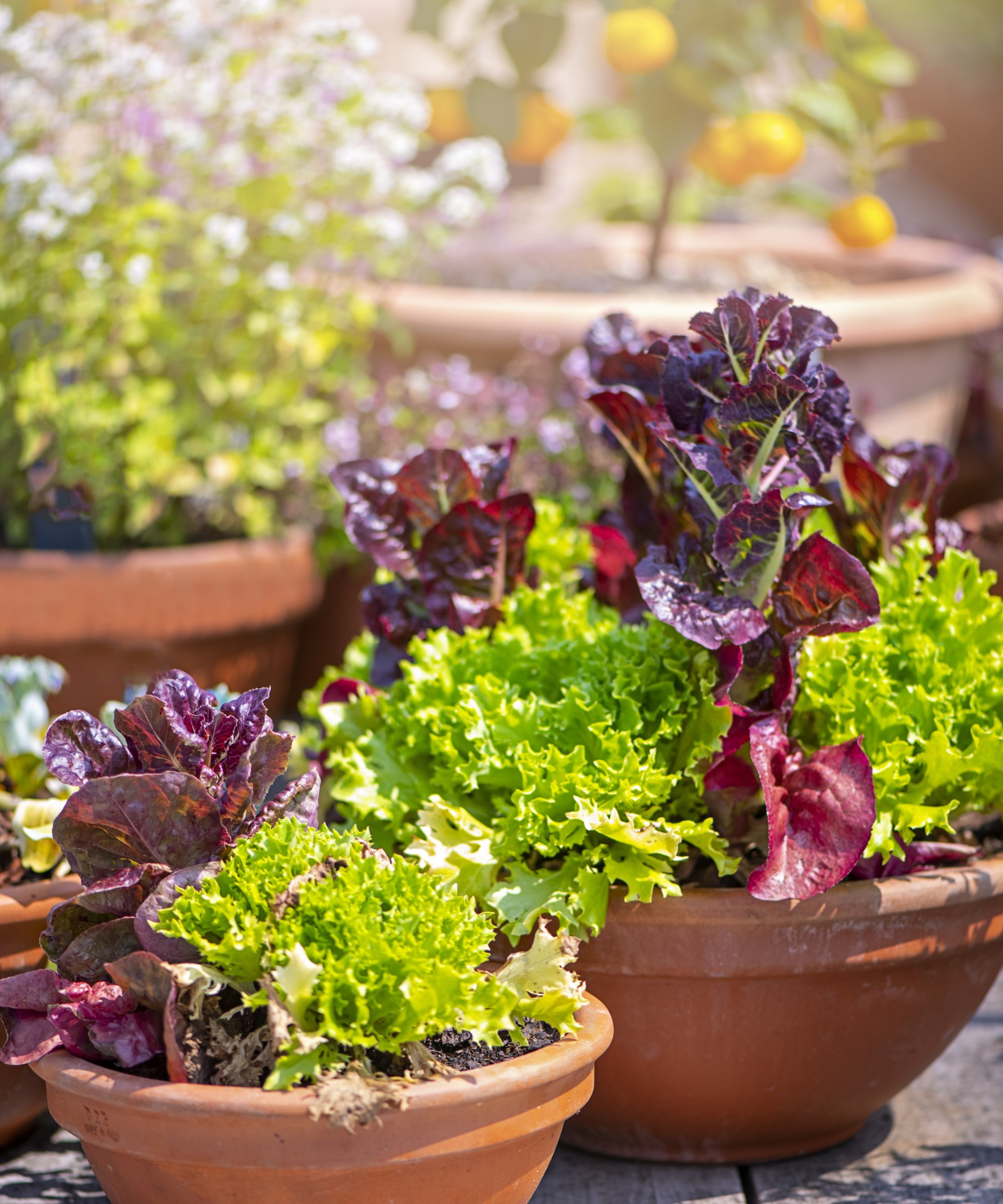
Beyond planting a diverse selection of wildflowers for a sea of uplifting color, texture, and fragrance, giving thought to supporting their DNA and growth is also an essential aspect of a wild garden.
Will advises to consider certain plants and crops when wild gardening, including those we often regard as weeds, such as clover in a lawn.
'Legumes, like beans, peas, edamame, and clover all fix atmospheric nitrogen. You can leave the roots of leguminous plants in the ground after harvest to provide nitrogen for the next crop,' he explains. 'Leafy vegetables like lettuces, cabbages, bok choy all benefit from a nitrogen boost from a previous leguminous crop.'
Many gardeners also favor using spent coffee grounds in gardening, and composting especially, for their nitrogen, phosphorus, and potassium.
4. Consider how you can conserve water
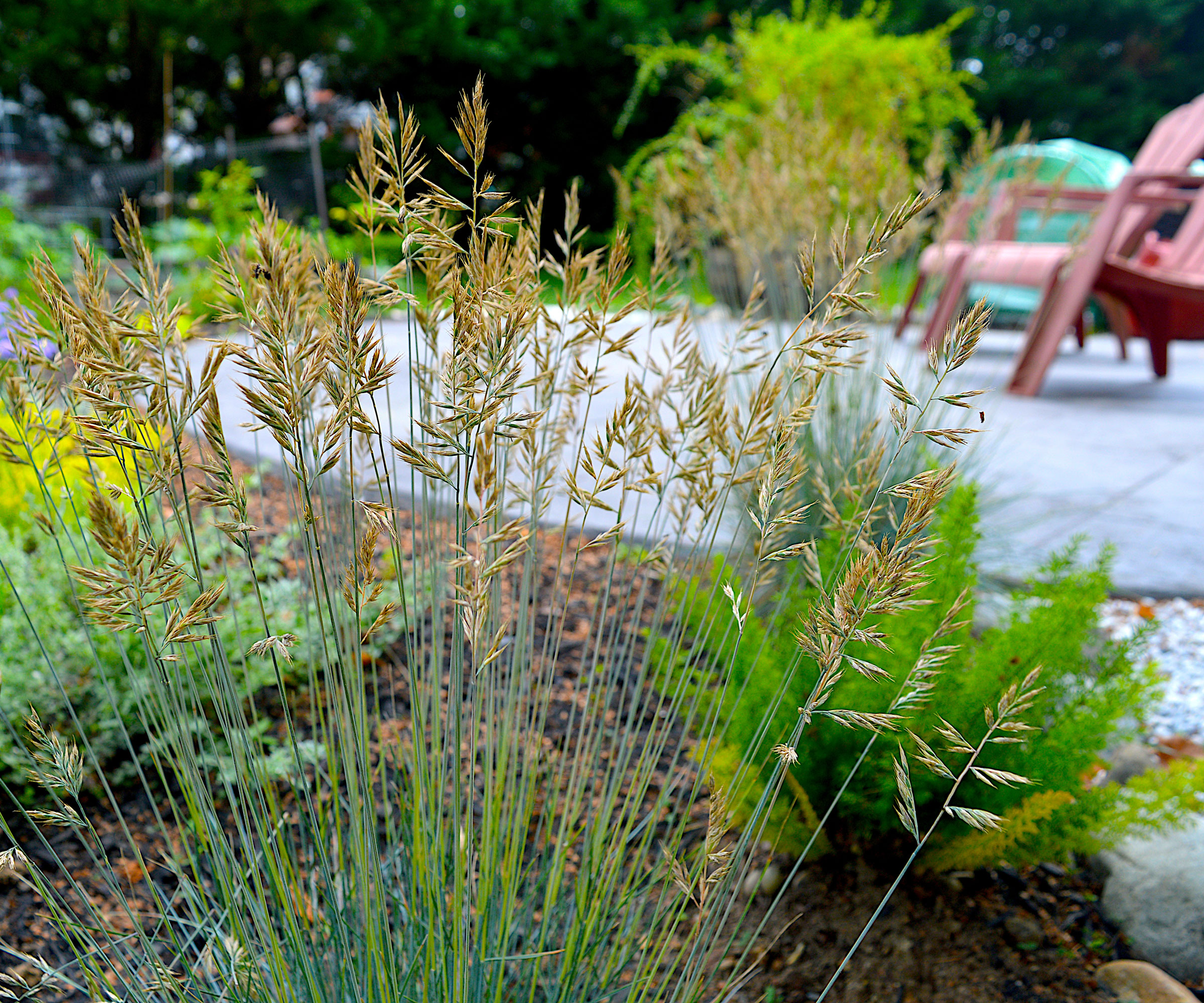
As much as rewilding a yard is about allowing for more growing freedom in your outdoor space, the aim is not to create a beautiful planting scheme at the expense of essential resources. Rather, it's about helping it to be more self sufficient.
Drought is an issue in many regions across America.
For example, native plants are drought-tolerant in certain regions of California. So why not make water-saving landscaping practices, such as storm water captures and xeriscaping, part of your wild gardening efforts? 'Xeriscaping involves using plants, turf, gravel or other natural materials to reduce or eliminate the need for grass,' explains Joe Raboine.
Where there is a need for water, conserve what you can: 'Rainwater harvesting is an alternative to traditional water that helps capture water and reuse it for watering your own yard. A simple way to accomplish this is with rain barrels,' adds Joe.
For those keen to invest in more hard landscaping edits, Joe suggests permeable pavers. This would allow you to add a water harvesting system to the install, to capture rainwater more easily. 'This soft rainwater is perfect for irrigating plants,' he says.
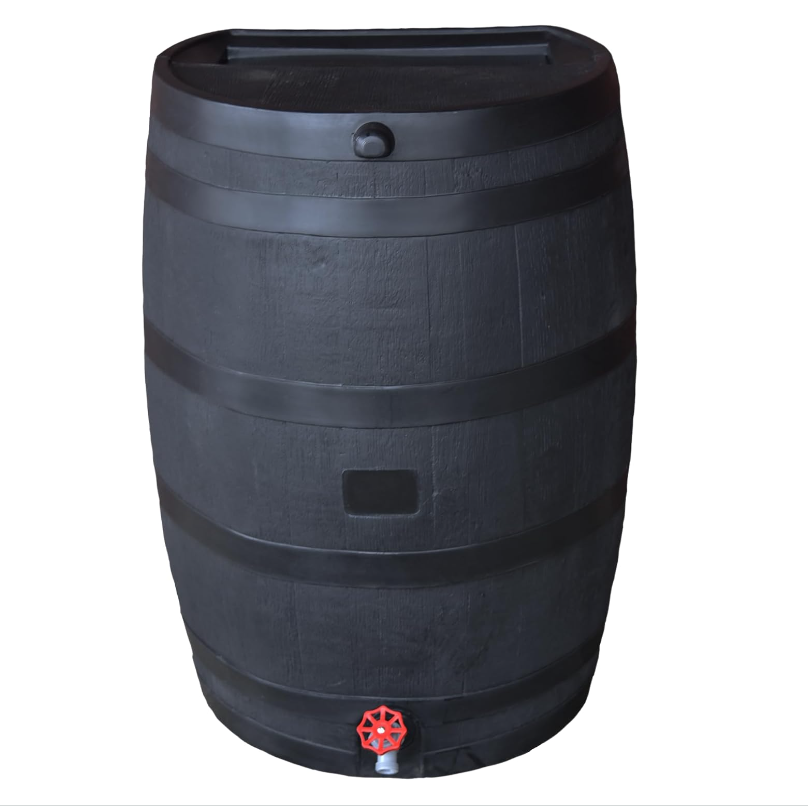
This flat-back rain barrel comes with a stand and is manufactured from 100% recycled polyethylene, making it extra durable. Overall Dimensions: 27"L x 20"W x 44"H
FAQs
What are the challenges of wild gardening?
In nature, plants fight for space, light, and essentially optimum growing conditions, bear this in mind when adding to your plot so as not to exhaust your beautiful crops. 'It is very possible to overcrowd and create disfigured, stressed out plants that will not produce,' warns Will Conway, Farm Director at Wildflower Farms.
'Nature is about competition as much as it is about harmony—without adequate space, sunlight, and nutrients, any plant will suffer.' Mint for example, can become fairly invasive if not planted with thought. 'Pay attention to what’s working and what isn’t to improve your sense of timing.' Knowing when to plant wildflower seeds might be a good place to start too.
Some are apprehensive of rewilding, labeling it as tricky and associating it with uncertainty. But take the right approach and a healthy, nurturing habitat should take precedence.
Sign up to the Homes & Gardens newsletter
Design expertise in your inbox – from inspiring decorating ideas and beautiful celebrity homes to practical gardening advice and shopping round-ups.

Camille is the former deputy editor of Real Homes where she covered a broad range of topics, including house tours, small space design, and gardens. She studied English language and Italian at the University of Manchester and during a year abroad studying linguistics and history of art in Bologna, Italy she started documenting her adventures and observations in a blog. Camille is always creating and spends her downtime painting, taking photos, traveling, and writing short stories.
-
 How to grow astilbe – expert advice on cultivating this shade-tolerant flowering perennial
How to grow astilbe – expert advice on cultivating this shade-tolerant flowering perennialShade-tolerant and pest-resistant - astilbe are hardy and tough perennials that can thrive in many settings
By Ellen Wells Published
-
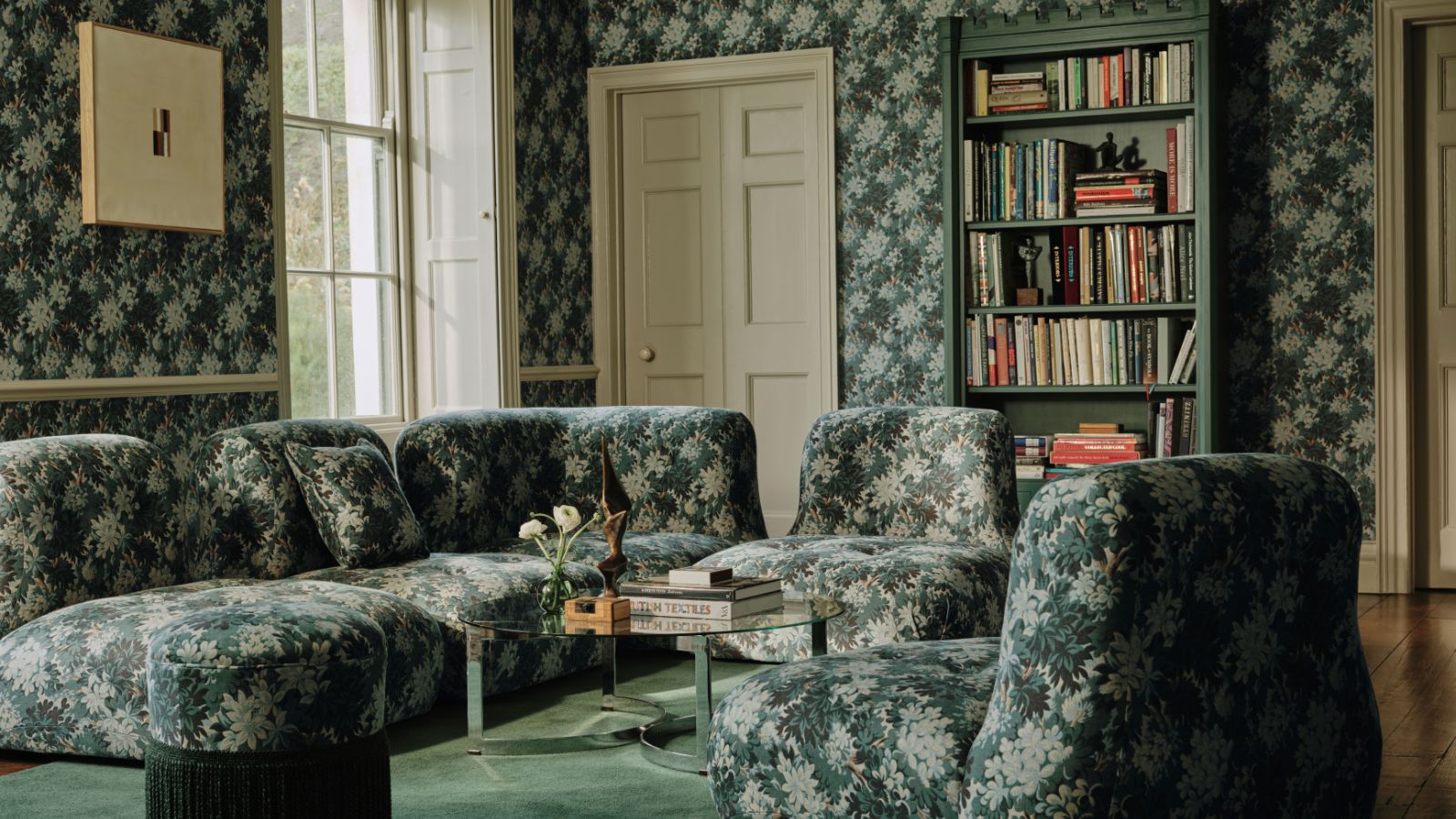 Vintage prints are making a comeback – designers say to look out for these 5 nostalgic patterns this year
Vintage prints are making a comeback – designers say to look out for these 5 nostalgic patterns this yearThese vintage-style patterns are all the rage right now, and we spoke with design experts to learn how best to style them in the home
By Eleanor Richardson Published